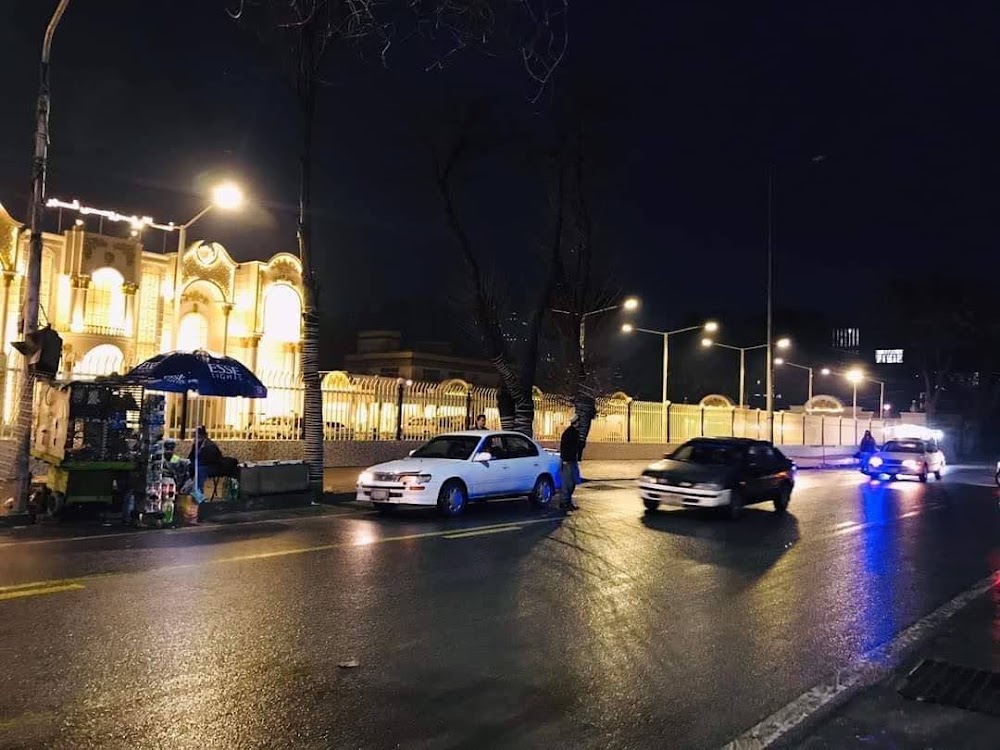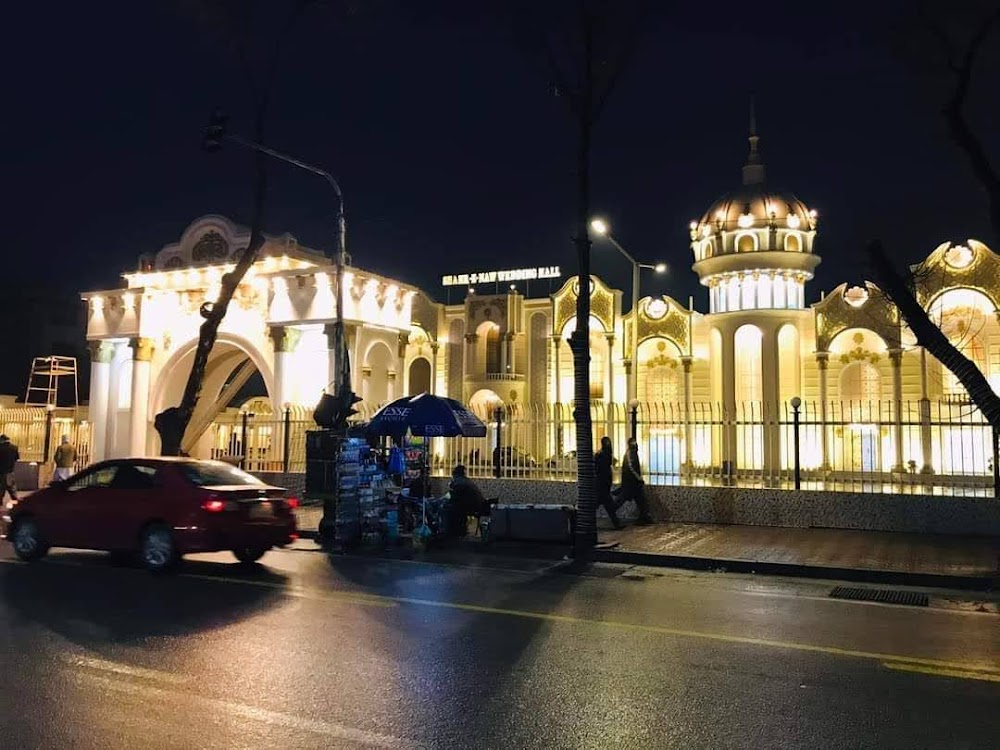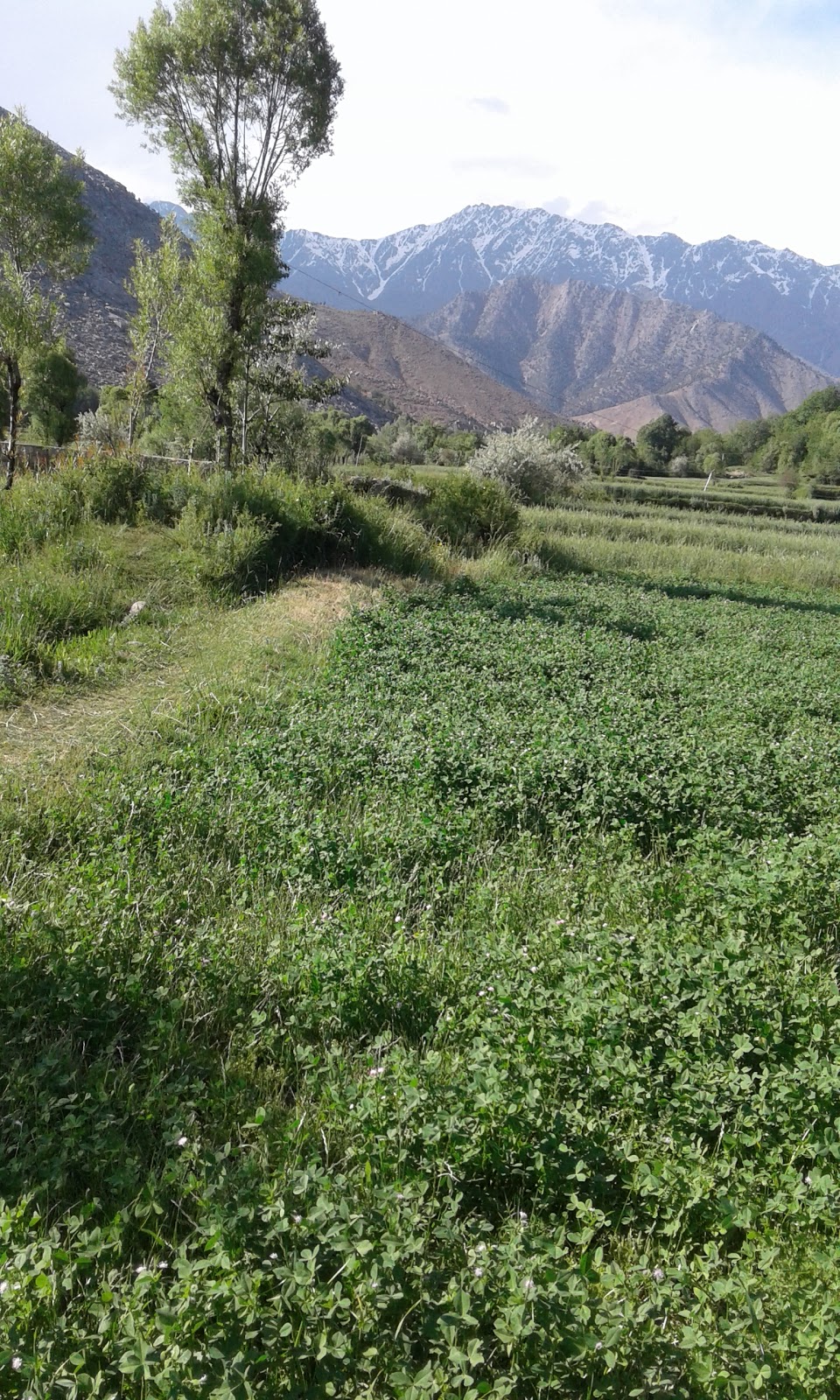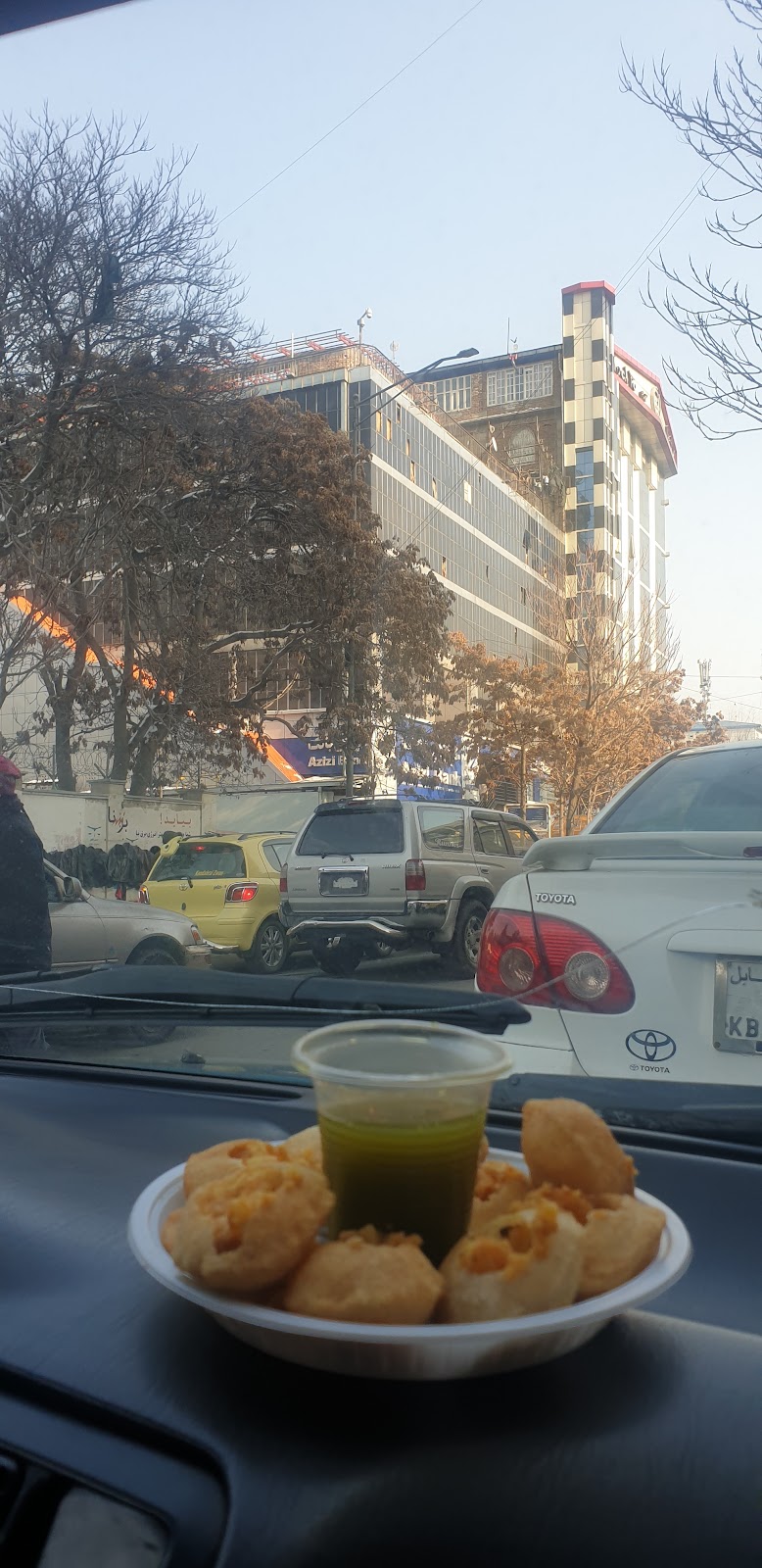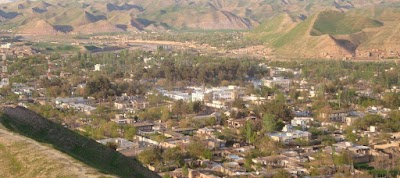Shahr-e Qumri (شهر قمری)
Overview
Shahr-e Naw, also known as Shahr-e Qumri, is a captivating neighborhood nestled in the province of Jowzjan, Afghanistan. Translating to "New City," Shahr-e Naw was envisioned as a modern hub that masterfully intertwines traditional Afghan culture with contemporary urban living.
The inception of Shahr-e Naw can be traced back to the late 20th century when local leaders and regional planners recognized the urgent need for urban expansion in Jowzjan. The chosen site for this ambitious project was predominantly barren land, devoid of vegetation and existing structures, providing a blank canvas for architects and engineers to realize their innovative vision.
Construction commenced with a focus on foundational infrastructure, including a comprehensive road network and efficient drainage systems, laying the groundwork for future development. Guided by a coalition of local and international experts, the master plan for Shahr-e Naw was meticulously crafted to optimize space while adhering to sustainable urban planning principles. This roadmap encompassed residential areas, commercial zones, educational institutions, healthcare facilities, and recreational spaces.
Incorporating local resources and traditional Afghan architectural elements was a priority in the design of Shahr-e Naw. Homes were constructed with high walls for privacy, inviting courtyards for family gatherings, and intricate wooden carvings that echo the region's rich cultural heritage. Modern construction techniques were employed to ensure that the buildings were both durable and safe, meeting today's standards.
Economic growth was a central focus during the development of Shahr-e Naw. Marketplaces were strategically designed to accommodate local merchants and artisans, providing them with spaces to showcase their goods and stimulate economic activity. These bustling markets nurtured small and medium enterprises, playing a crucial role in the region's prosperity.
Community involvement was essential throughout the development process. Regular town hall meetings and public consultations were held to gather feedback and suggestions from residents. This participatory approach not only ensured that the neighborhood met the needs of its inhabitants but also fostered a strong sense of ownership and pride among the local population.
Education was another cornerstone of Shahr-e Naw’s development. Schools and vocational training centers were established to provide quality education, equipping the younger generation with the skills necessary to thrive in an ever-evolving world. Dedicated educators staffed these institutions, committed to empowering their students and fostering a love of learning.
Healthcare facilities were constructed to ensure residents had access to essential medical services. Clinics and hospitals were equipped with modern medical technology and staffed by professional healthcare workers, significantly contributing to improved public health standards in the community.
To enhance the quality of life for residents, green spaces and recreational areas, such as parks and sports fields, were intentionally integrated into the urban layout. These spaces provided opportunities for leisure and community engagement, promoting physical well-being and fostering social interaction among residents.
As Shahr-e Naw continued to flourish, it attracted individuals from various regions of Jowzjan and beyond, creating a vibrant and diverse community. The seamless blend of traditional and modern elements made it a unique neighborhood that honors its cultural roots while embracing progress.
Despite facing challenges, including political turmoil and economic fluctuations over the years, Shahr-e Naw has demonstrated remarkable resilience. This strength is a testament to the determination and unity of its residents. Today, Shahr-e Naw stands as a beacon of hope and progress in Jowzjan, showcasing the vision and collaborative efforts of those who dared to dream of a new city.


